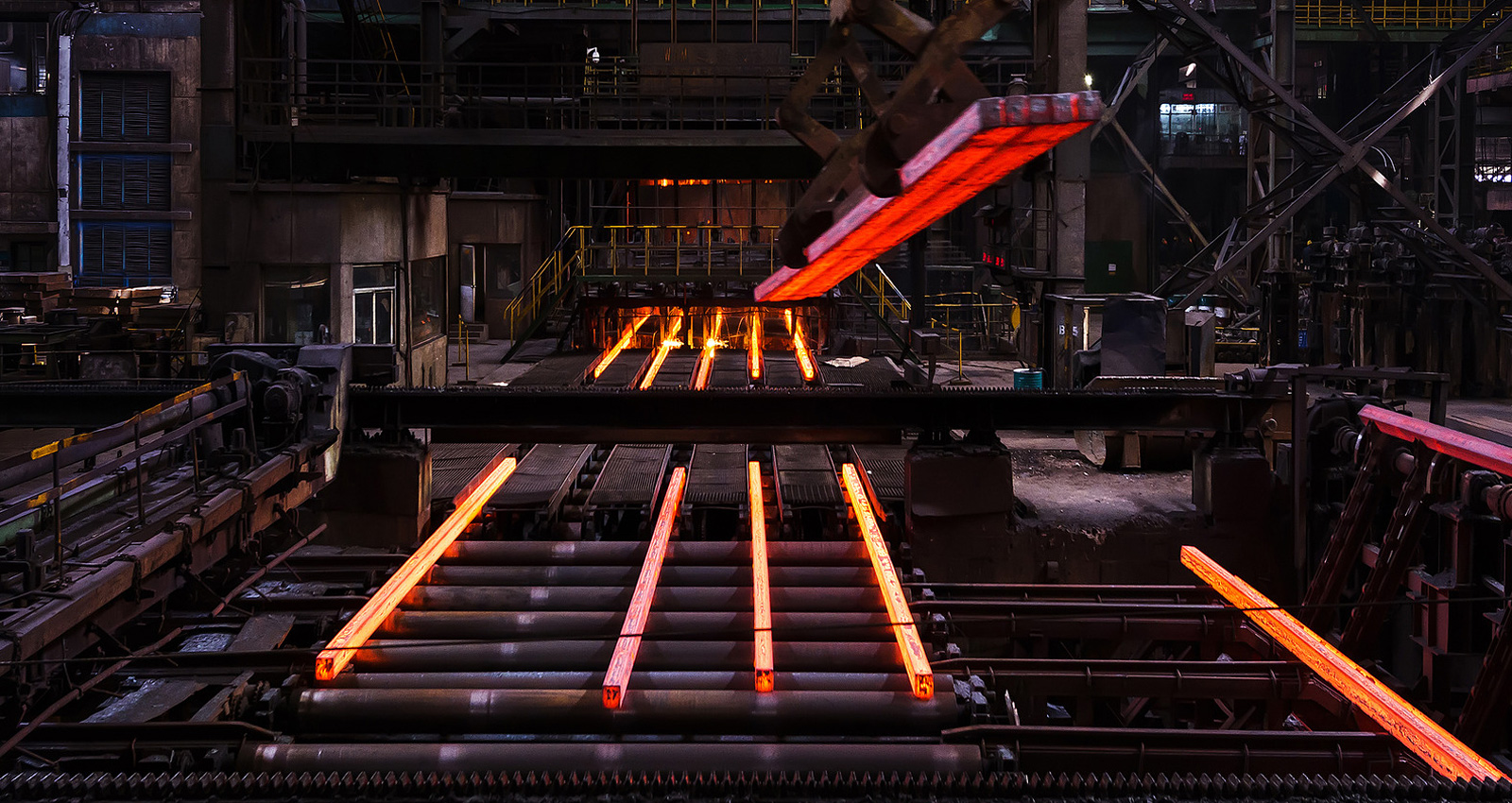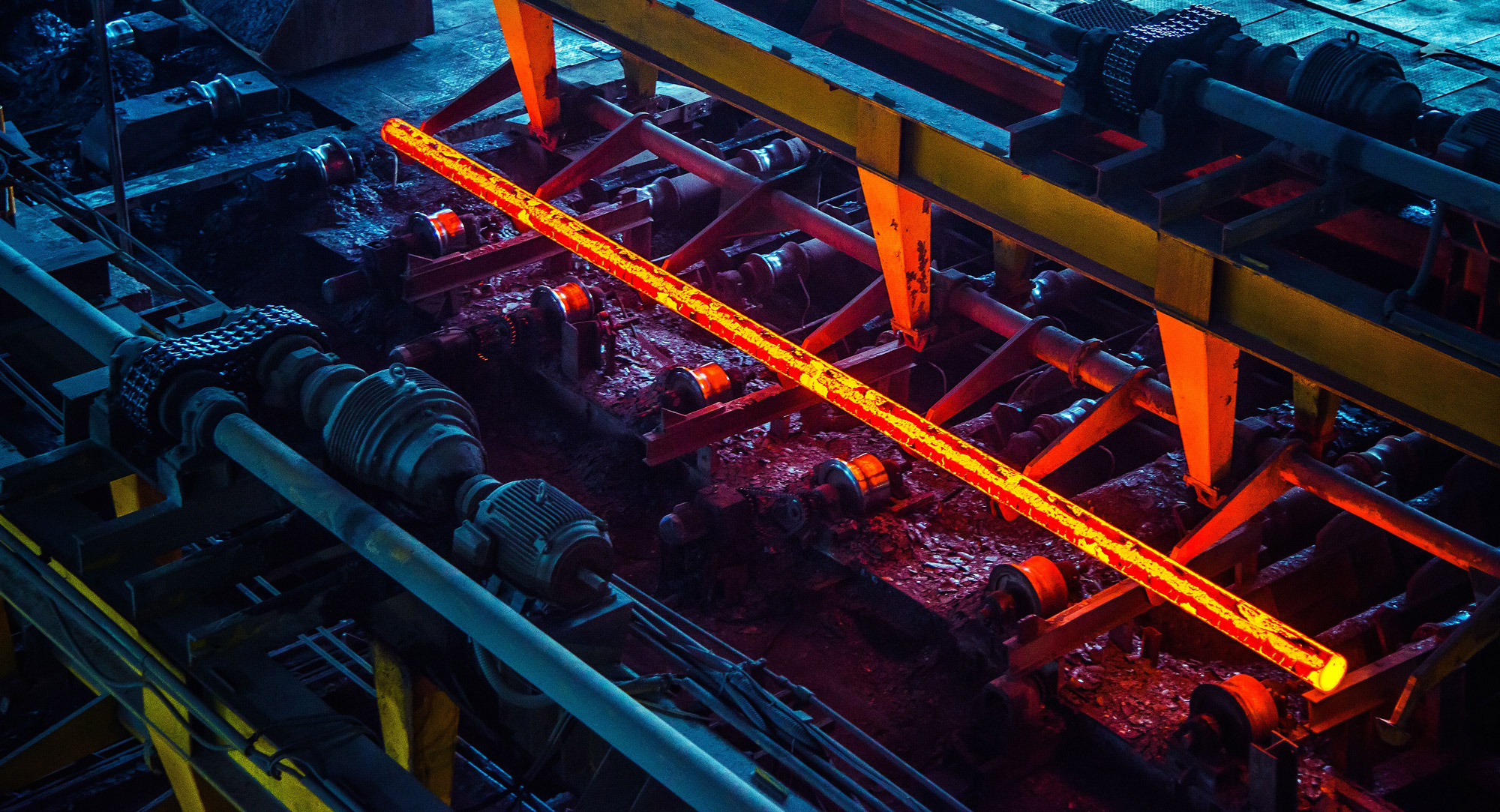The Evolution of the Steel Industry: Navigating Challenges, Embracing Opportunities
2024.2.1
The steel industry stands as a cornerstone of modern civilization, providing the essential building blocks for infrastructure, manufacturing, and technological advancements. Over the decades, the industry has witnessed significant transformations, driven by shifts in global demand, technological innovations, and environmental considerations. In this article, we delve into the current landscape of the steel industry, exploring key trends, challenges, and opportunities shaping its trajectory.
Global Market Dynamics:
The steel industry operates within a dynamic global marketplace influenced by factors such as economic growth, geopolitical tensions, and trade policies. Rapid urbanization and industrialization in emerging economies drive demand for steel, particularly in construction and automotive sectors. Conversely, cyclical downturns, trade disputes, and overcapacity challenges pose significant headwinds for industry players, necessitating strategic adaptation and resilience.

Global Market Dynamics:
The steel industry operates within a dynamic global marketplace influenced by factors such as economic growth, geopolitical tensions, and trade policies. Rapid urbanization and industrialization in emerging economies drive demand for steel, particularly in construction and automotive sectors. Conversely, cyclical downturns, trade disputes, and overcapacity challenges pose significant headwinds for industry players, necessitating strategic adaptation and resilience.
Technological Advancements:
Advancements in metallurgy, automation, and digitalization are revolutionizing steelmaking processes, enhancing efficiency, quality, and sustainability. Integrated mills and electric arc furnaces (EAFs) equipped with state-of-the-art technologies enable precise control over production parameters, leading to optimized resource utilization and reduced environmental footprint. Furthermore, the advent of Industry 4.0 initiatives, such as artificial intelligence (AI) and Internet of Things (IoT) applications, empowers steel manufacturers with data-driven insights for predictive maintenance and process optimization.
Sustainability Imperative:
Environmental sustainability has emerged as a paramount concern for the steel industry, driving a paradigm shift towards greener practices and cleaner technologies. Efforts to mitigate carbon emissions, minimize waste, and promote circular economy principles are gaining traction across the sector. Innovations such as hydrogen-based steelmaking, carbon capture utilization and storage (CCUS), and recycling initiatives demonstrate the industry’s commitment to achieving carbon neutrality and fostering a more sustainable future.
Supply Chain Resilience:
The COVID-19 pandemic underscored the importance of supply chain resilience and diversification in the steel industry. Disruptions in raw material supply, logistics, and workforce availability highlighted vulnerabilities within global supply chains, prompting reassessment of risk management strategies and localization efforts. Collaborative partnerships and digital platforms facilitate agile supply chain management, ensuring continuity of operations and customer satisfaction amidst evolving market dynamics.
Market Differentiation and Value-added Products:
In a fiercely competitive landscape, differentiation through product innovation and value-added services is paramount for steel producers seeking to capture market share and command premium pricing. Customized solutions tailored to meet specific customer requirements, such as high-strength steels for automotive lightweighting or corrosion-resistant coatings for infrastructure projects, offer opportunities for differentiation and margin expansion. Moreover, strategic diversification into niche markets and downstream segments enhances resilience against market cyclicality and fosters long-term growth prospects.
Conclusion:
The steel industry stands at a pivotal juncture, navigating a complex landscape of challenges and opportunities amidst global megatrends and technological disruptions. By embracing innovation, sustainability, and resilience, steel manufacturers can not only weather the storms of uncertainty but also thrive in an increasingly competitive and dynamic marketplace. Collaboration across the value chain, strategic investment in technology and talent, and unwavering commitment to customer-centricity will drive the industry forward, ensuring its enduring relevance as a cornerstone of economic progress and human prosperity.

